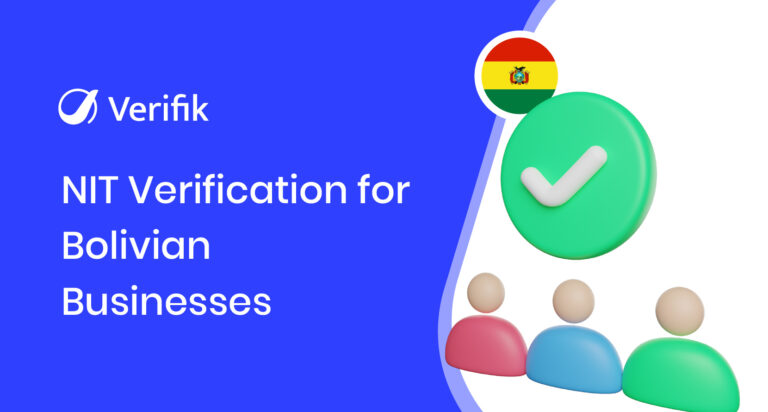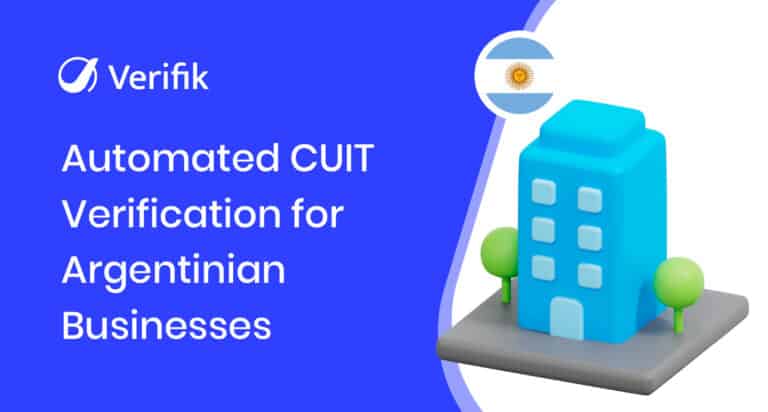Companies are facing an increasingly common challenge, cyber fraud. A phenomenon that has evolved from simple scam attempts to complex criminal operations that can compromise the financial integrity, reputation, and operational stability of any business.
Cyber fraud threats affect everyone from small businesses to large organizations. The exponential rise of technology has given cybercriminals room to conduct their illegal activities.
From phishing attacks to sophisticated malware. The methods used by digital fraudsters are becoming increasingly ingenious and difficult to detect. In addition, the global pandemic worsened this situation on a large scale. Because there has been a significant increase in cyberattacks targeting businesses that are increasingly reliant on digital infrastructure to function.
In this blog, we will explore the complexities of cyber fraud and its impact on business security. We will examine the latest methods used by cybercriminals. Most importantly, we will provide strategies and resources for businesses to protect themselves against these threats.
Overview of cyber fraud in the world
The global cyber fraud overview is of increasing alarm. With a significant increase in attacks targeting companies of all sizes and sectors.
According to a study conducted by the research unit of cybersecurity startup SILIKN “80.5% of companies surveyed have reported an increase in losses caused by fraud in recent years.”
In a global overview, most companies face significant economic losses due to these illicit activities.
“According to PwC’s Global Economic Crime and Fraud Survey, cyber fraud is estimated to have caused economic losses of more than $1 trillion in 2020, and this figure is expected to increase in the coming years.”
And in Latin America, expectations are not improving;, in one of the largest countries in the region, Mexico, fraud is also on the rise. With a 30% increase in reported cases.
This was confirmed by the National Commission for the Protection and Defense of Users of Financial Services (Condusef), fraud complaints in 2023 represented a total loss of more than five billion pesos for users.
Common Methods of Cyber Fraud
Cybercriminals use a variety of sophisticated methods to deceive individuals and businesses, compromising security. It is crucial to be aware of common methods of cyber fraud to identify and prevent these attacks before they cause irreparable damage.
- 1. Phishing: Phishing attacks are attempts to trick people into revealing sensitive information. Such as passwords or financial data, through fake emails or websites.
2. Ransomware: is a type of malicious software that blocks access to a system until a ransom is paid.
Facial Spoofing: is a technique used to trick facial recognition systems by using images, videos or masks to impersonate another person.
3. Identity Theft: Identity theft occurs when an individual uses another person’s personal information without authorization to commit fraud or crime.
4. Fake Account Fraud: Fraudsters create fake accounts on online platforms using stolen or fictitious information to conduct fraudulent activities. Such as circulating false information or running scams.
Impact of Cyber Fraud in Businesses
The impact of cyber fraud on companies is significant and can have devastating repercussions on their reputation, finances and operations.
Companies affected by cyber fraud experience direct financial losses due to stolen funds. As well as the costs associated with investigating and resolving incidents.
In addition, damage to a company’s reputation can affect the trust of customers and business partners. This can result in decreased sales and business opportunities.
And without a doubt, the time and resources spent addressing cybersecurity issues can distract the company from its core business. And therefore, affect its productivity.
Which leaves as a result, the need to implement robust cybersecurity measures and adopt identity verification technologies to mitigate the risks associated with digital threats.
Technologies for Combating Cyber Fraud
Identity verification and user authentication technologies are emerging as crucial solutions in the ongoing fight against cyber fraud.
User authentication through data validation, passwordless logins and facial biometrics technologies. They have proven to be effective as a barrier against unauthorized access and an answer to the urgent need to protect digital identity.
These solutions not only provide a strong answer to the need to protect digital identity. They have also been shown to significantly decrease fraud losses, estimated at nearly $5.4 USD trillion worldwide. According to the University of Portsmouth. These statistics highlight the effectiveness of these technologies, as well as their economic and security impact.
Fight cyberfraud with Verifik
Identity verification and user authentication technologies. They are currently vital and effective solutions in the fight against cyber fraud. User authentication through data validation, facial biometrics and other tools has become an effective barrier not only against unauthorized access. But also as an answer to the need to protect digital identity.
In this sense, Verifik is positioned as the ideal solution to protect companies in the digital world. With our set of tools, we have helped hundreds of customers in the verification and authentication of their end users.
Also, generating internal benefits such as fraud prevention, time optimization and operational cost reduction. Here are some of the tools Verifik offers to increase your company’s cybersecurity.
- Database Screening: Prevent fraud by screening global databases. Access key information to make secure and well-informed decisions.
Access: Forget about passwords and opt for OTP codes and different options to log in securely. Such as facial biometrics, text messages, whatsapp, among others.
Enroll: Confirm identities with biometrics. Ensures that who you say you are, really is that person.
Scan Docs: Automates the extraction of important data from documents, eliminating manual processes and improving accuracy.
Did you already know about our identity verification toolkit? Learn more about Verifik here or contact us to give you the best solution for your company, creating secure digital ecosystems is possible with Verifik.co !
What is smartENROLL, and how does it help my business?
smartENROLL is Verifik’s comprehensive user onboarding solution that uses advanced identity verification technologies, such as facial recognition, liveness detection, and document scanning. It simplifies the onboarding process by automating tasks, validating data against local and international sources, and ensuring compliance with KYC/AML regulations. With its Passive Facial Liveness architecture, smartENROLL detects presentation attacks using just the same single-image selfie, reducing abandonment rates, preventing identity theft while enhancing user experience. It’s ideal for businesses in any industry looking to onboard users securely and efficiently.
How does smartACCESS improve platform security?
smartACCESS is a password-free login solution that combines Biometric Scanning and one-time passcode (OTP) technology to provide secure and seamless access to your platforms. It verifies facial features in real-time to prevent impersonation and deepfakes, ensuring only authorized users gain entry. By eliminating passwords, smartACCESS reduces the risk of data breaches and simplifies the login process, saving time for both users and businesses. You can customize login options (email, phone, or biometric) to suit your needs.
What is DataBase Screening, and why is it important?
DataBase Screening is Verifik’s service for validating user information against trusted local and international databases, such as Interpol, RUES, SIMIT, and government registries (e.g., CNPJ in Brazil, CUIT in Argentina). It helps businesses verify identities, check for criminal records, and ensure compliance with regulatory requirements. This service is critical for preventing fraud, improving database quality, and maintaining trust in industries like finance, events, and e-commerce.
How does smartENROLL support regulatory compliance?
smartENROLL is designed to help businesses meet legal and regulatory requirements, such as Know Your Customer (KYC) and Anti-Money Laundering (AML) standards. It validates user identities through biometric checks, document scanning, and data verification against multiple sources. By automating these processes, smartENROLL reduces manual errors and ensures your business stays compliant with industry regulations while protecting against fraud.
Can smartACCESS and smartENROLL be customized for my brand?
Yes, both offer advanced customization options. You can adapt the design by modifying colors, text, and messages in the interface and communications to align with your brand’s identity. Additionally, you can enable login options like email, phone, or facial recognition to suit your platform’s needs, ensuring a consistent and secure user experience.
What industries benefit from Verifik’s DataBase Screening?
DataBase Screening is valuable for industries requiring high levels of trust and compliance, including financial services, event management, e-commerce, and healthcare. For example, customers use us to screen people people or even vehicles, all done throught an API integration. This ensures secure operations and regulatory adherence across sectors.
How does smartENROLL prevent fraud during onboarding?
smartENROLL uses a combination of liveness detection, facial recognition, and document verification to ensure the authenticity of users. Additionally, it cross-references user data with trusted databases to detect identity theft or fraudulent documents, providing robust fraud prevention.
How does DataBase Screening integrate with other Verifik products?
DataBase Screening works seamlessly with smartENROLL and smartACCESS to provide end-to-end identity verification. For example, during onboarding with smartENROLL, govenment IDs data is extracted and cross checked with government or criminal records.












